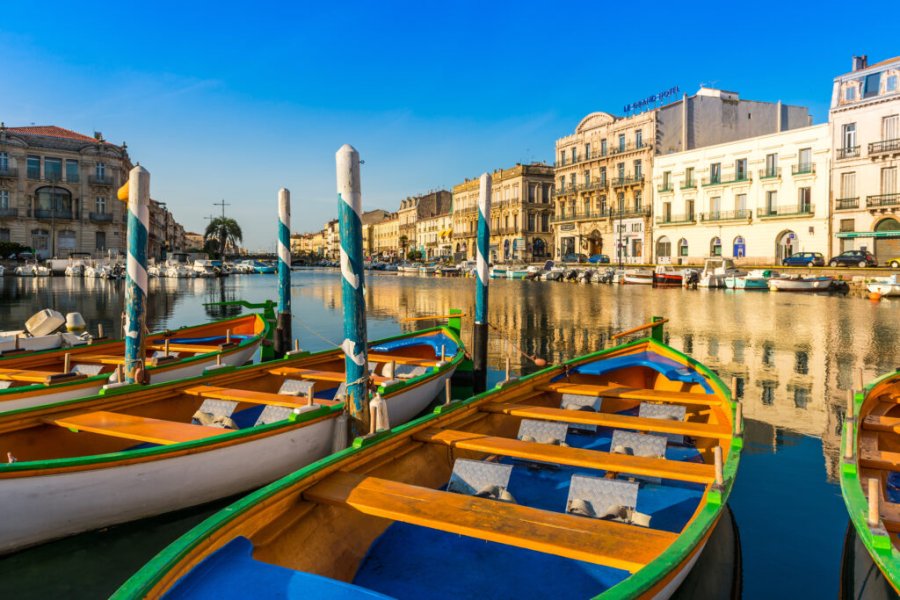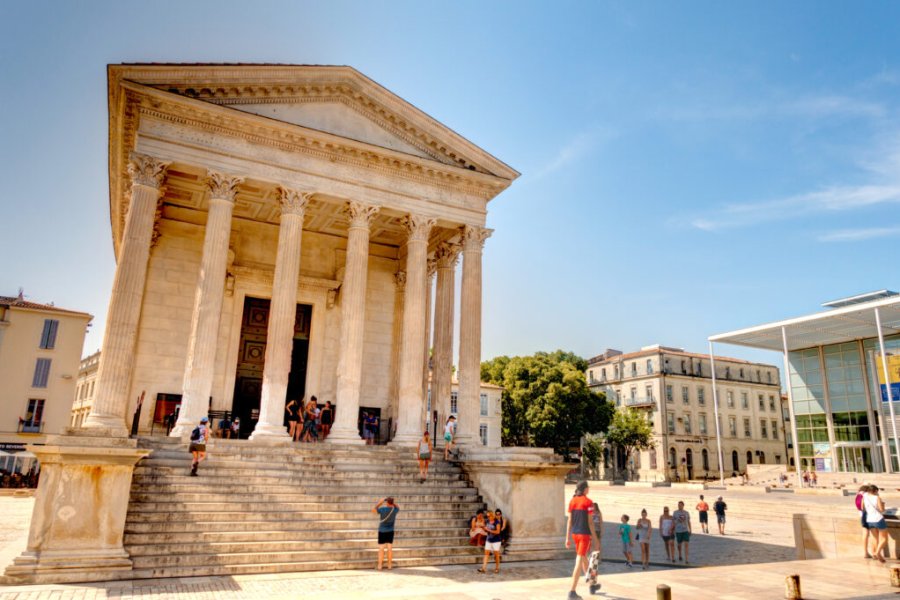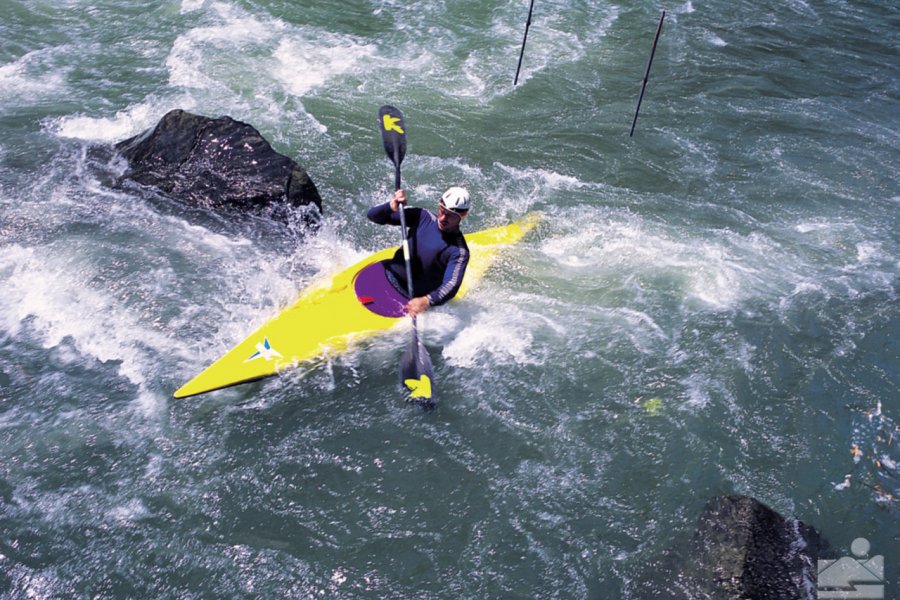Travel Guide Parque Nacional Guanacaste
Find an accommodation
Advertising
Guanacaste National Park is located on the eastern side of the Interamerican Highway, opposite Santa Rosa National Park. A biological corridor between Santa Rosa National Park and its neighbor Nicaragua, its role is nevertheless primordial and its landscapes are the sanctuary of a great number of migratory birds that take refuge in the lands and the volcanic heights during the dry season. Declared a World Heritage Site by UNESCO in 1999, the Guanacaste Park covers an area of 15,000 hectares and is composed of three sectors: the Maritza sector, located at the foot of the Orosi volcano, the Pitilla sector, near Cerro Orosito and the Cacao sector on the slopes of the volcano of the same name. The park contains several very interesting trails, as well as 4 biological study stations (Pitilla, Campo de Cacao, Pedregal and Maritza) that serve as base camps for scientists in perpetual research and observation of the natural wonders of Guanacaste. Both a kingdom of volcanoes and forests, the area of the national park includes natural habitats essential to species now threatened or in danger of extinction. Whether in terms of marine or terrestrial ecosystems, the park is home to countless animal and plant species. Among the most emblematic mammals, we find the jaguar, the ocelot, the margay (known as tiger cat or wild cat) but also a large quantity of monkeys and tapirs. As for insects, discoveries are made every year and the complexity of these small invertebrates fascinates the scientific community: there are no less than 20,000 species of beetles, 8,000 species of butterflies and 13,000 species of ants! Crocodiles, bats and turtles complete the picture of the most remarkable animals. Leatherback turtles, the world's largest critically endangered turtles, come to breed on the park's beaches. Lovers of greenery will also be delighted with more than 7,000 species of plants: from mahogany to cacti, the transition from wet to dry areas reveals absolutely fascinating contrasts and changes. Between the volcanoes and the forests, the Tempisque River also takes shape. Main watering place of Guanacaste, this 144 km long river takes its source in the Orosi volcano and flows further south, in the Gulf of Nicoya.
Suggested addresses Parque Nacional Guanacaste
Weather at the moment
Advertising
Organize your trip with our partners Parque Nacional Guanacaste
Transportation
Book your plane tickets
Car Rental
Boat rental
Accommodation & stays
Find a hotel
Holiday rental
Find your campsite
Tailor-made trip
Immersion travel
Services / On site
Activities & visits
Find a doctor




